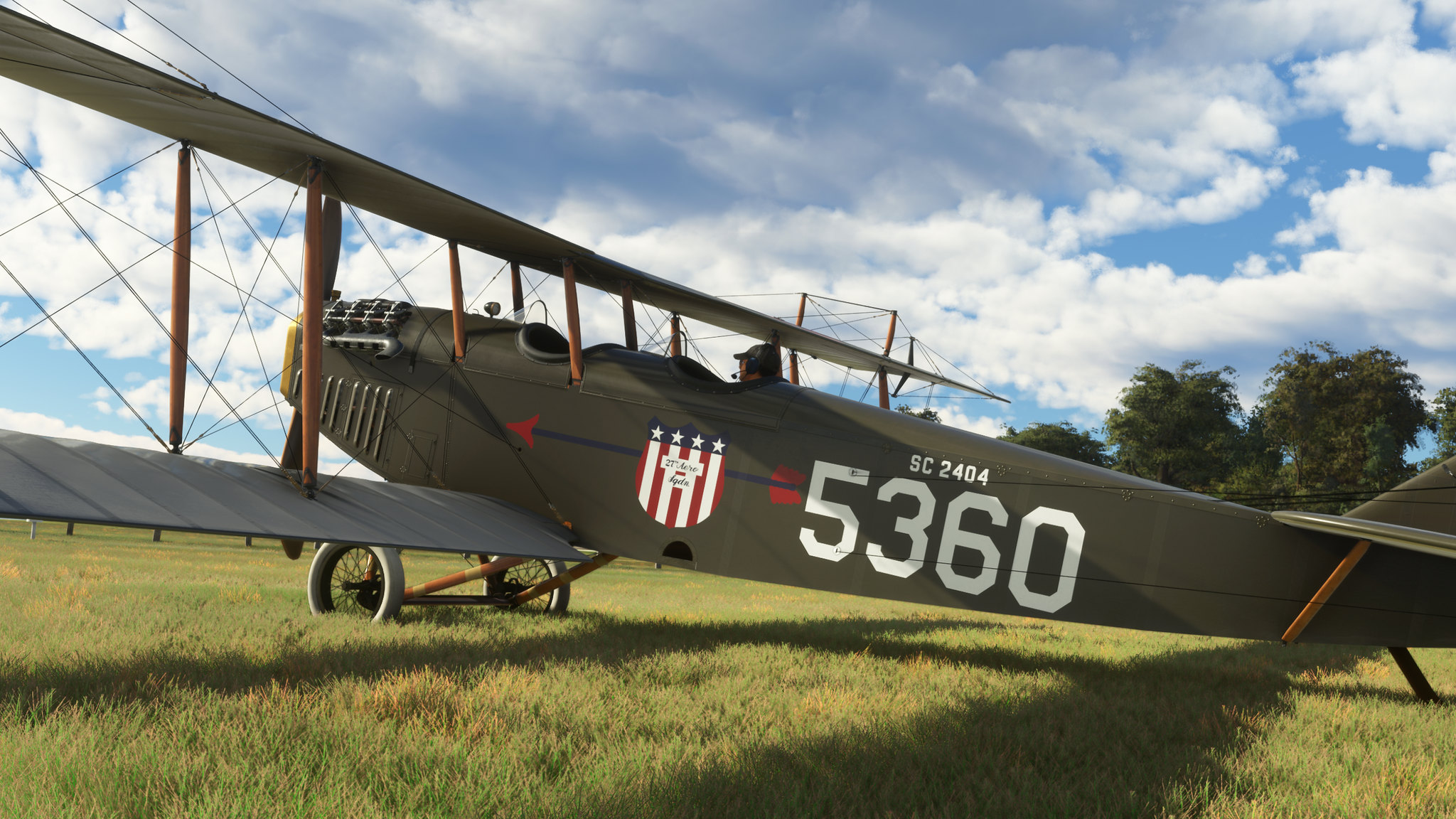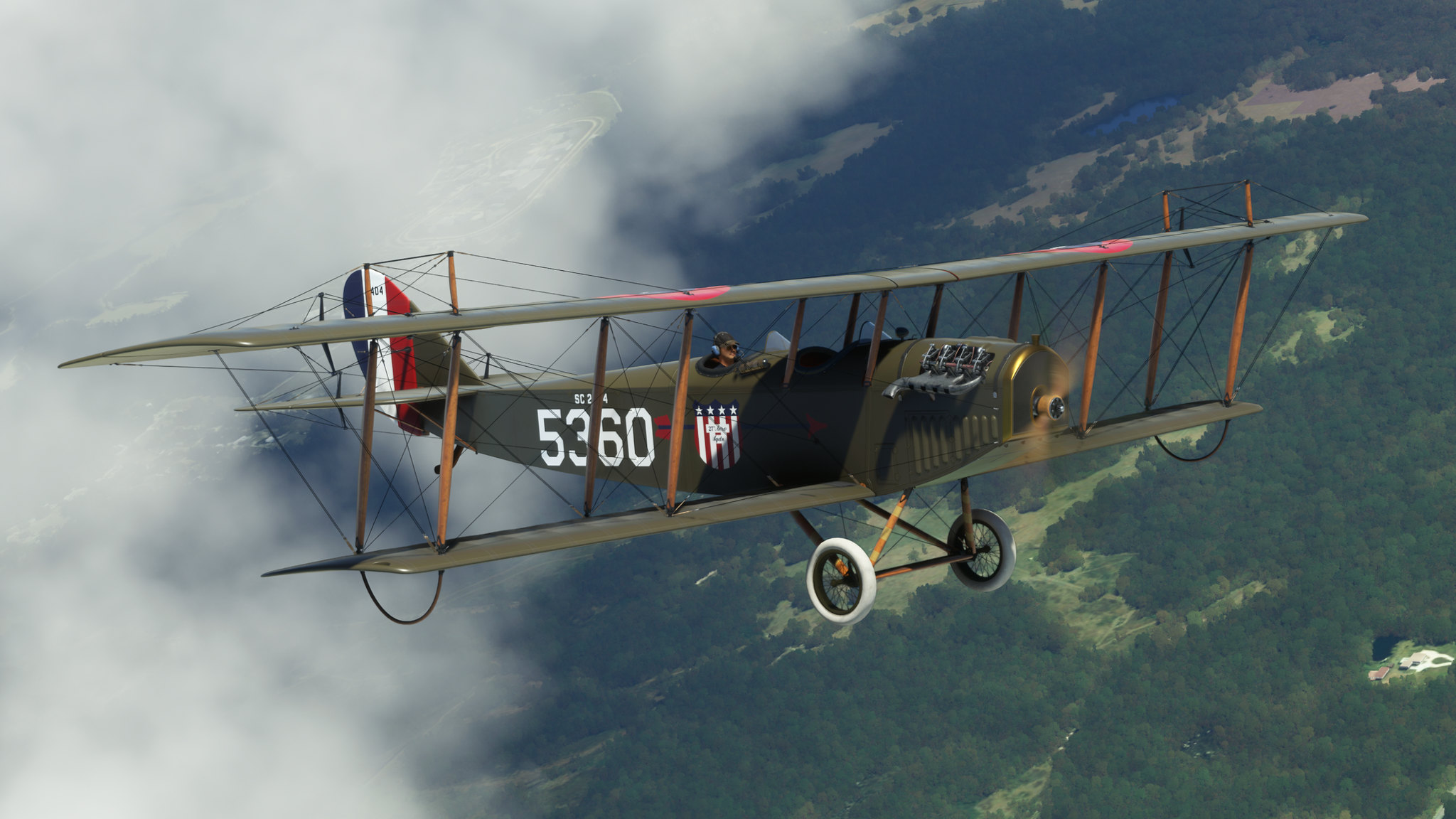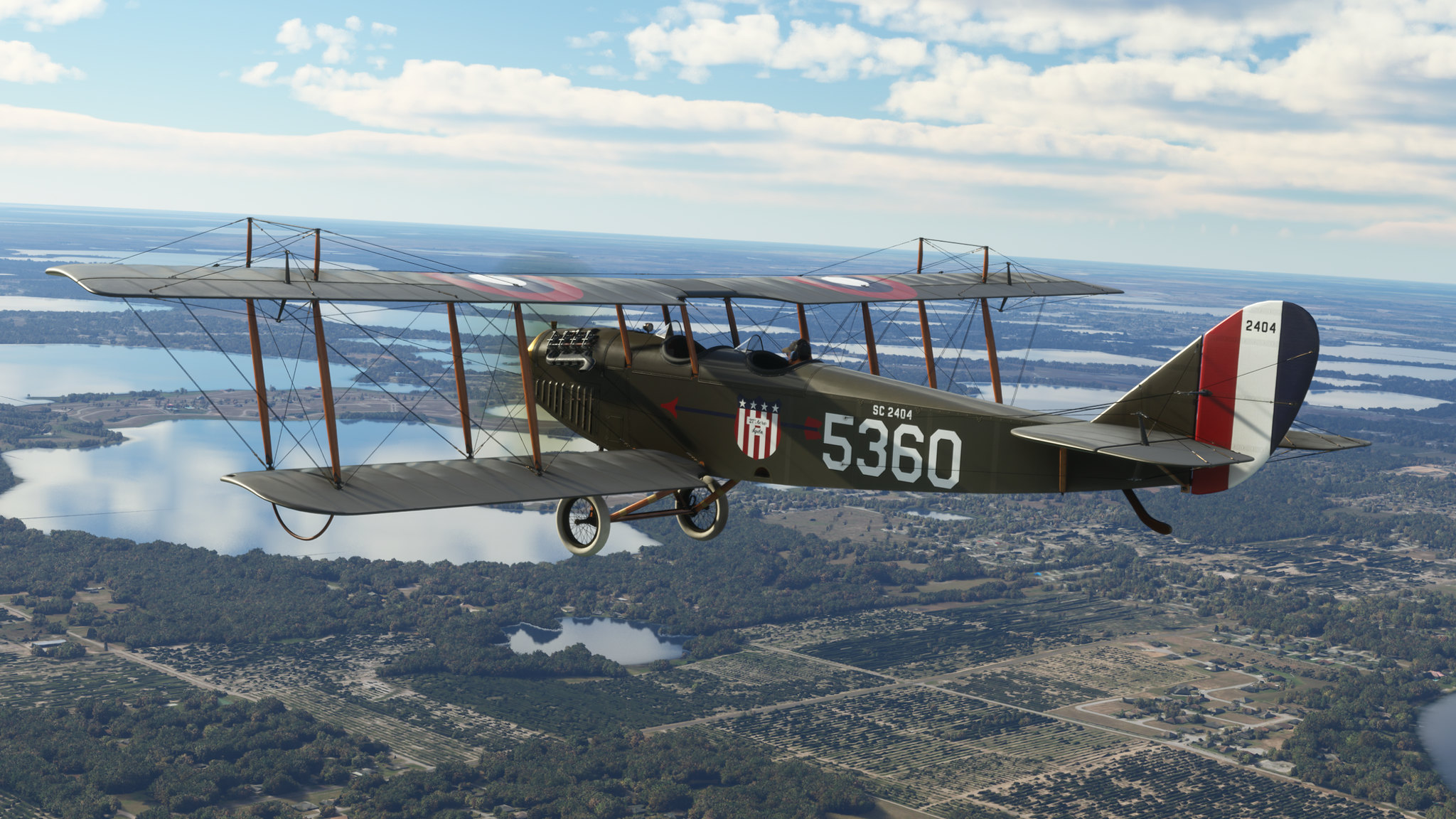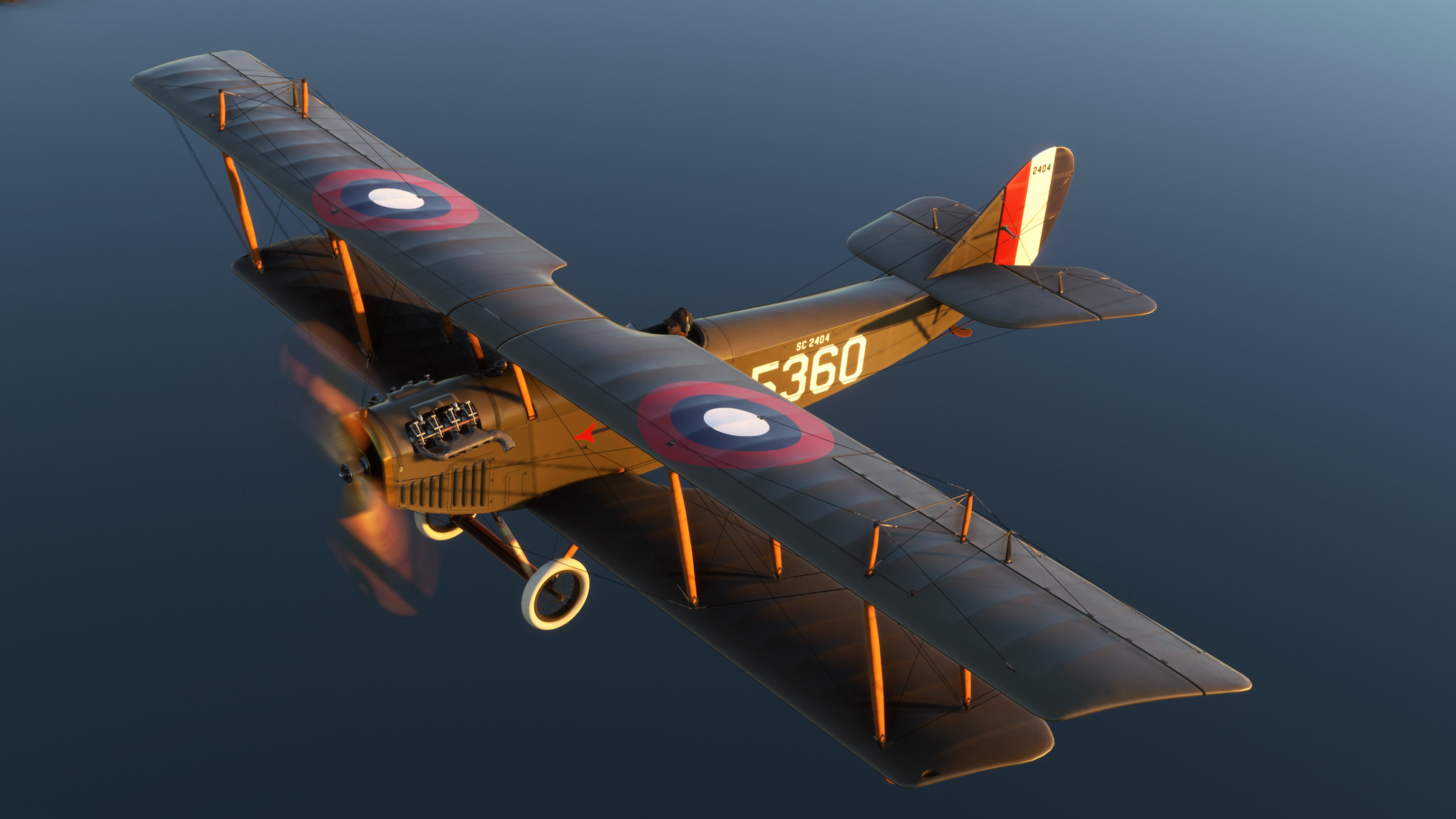shotgunshack
SOH-CM-2023
Lovely shot. Interesting angle. And if we ever get an afternoon John, I suspect we might get to the canopy. Happy New year.
.....and a paper drop tank would be great Baz.
Happy New Year
Geoff
There seems to be an uptick in Political comments in recent months. Those of us who are long time members of the site know that Political and Religious content has been banned for years. Nothing has changed. Please leave all political and religious comments out of the forums.
If you recently joined the forums you were not presented with this restriction in the terms of service. This was due to a conversion error when we went from vBulletin to Xenforo. We have updated our terms of service to reflect these corrections.
Please note any post refering to a politician will be considered political even if it is intended to be humor. Our experience is these topics have a way of dividing the forums and causing deep resentment among members. It is a poison to the community. We appreciate compliance with the rules.
The Staff of SOH
Please see the most recent updates in the "Where did the .com name go?" thread. Posts number 16 and 17.
Lovely shot. Interesting angle. And if we ever get an afternoon John, I suspect we might get to the canopy. Happy New year.
All...maybe not, but a few, sure!. Feel free to work your way through any or all of the Canucks in this article: https://www.ipmscanada.com/wp-content/uploads/2018/11/beaveRTales_02_2013.pdf. And many thanks!
August
 663 (0008) by JanKees Blom, on Flickr
663 (0008) by JanKees Blom, on Flickr 663 (0005) by JanKees Blom, on Flickr
663 (0005) by JanKees Blom, on Flickr 663 (0004) by JanKees Blom, on Flickr
663 (0004) by JanKees Blom, on Flickr 332 (0003) by JanKees Blom, on Flickr
332 (0003) by JanKees Blom, on Flickr 332 (0005) by JanKees Blom, on Flickr
332 (0005) by JanKees Blom, on Flickr 332 (0007) by JanKees Blom, on Flickr
332 (0007) by JanKees Blom, on Flickr






Absolutly beautiful .My repaint of Fagen Fighters WWII Museum's original airworthy Curtiss JN-4D Jenny is now available on Flightsim.to. This aircraft was originally built at the Curtiss factory in Buffalo, New York with construction number 450, and delivered to the U.S. Army Signal Corps at Taylor Field, located near Montgomery, Alabama, in March 1918. With the Signal Corps, it was assigned serial number 2975. It served as a trainer at Taylor Field until May 1919, when it was sold back to the Curtiss Aeroplane and Motor Corp., minus engine. At the time, it had only 184 flight hours on the clock. Its first civilian owner was a Mr. Garrison, who flew it in the early 1920s until it was wrecked in a crash. The aircraft would however remain in storage with the Garrison family for decades until when it was ultimately acquired by Cole Palen, founder of the Old Rhinebeck Aerodrome. In 1972, Ken Hyde of Warrenton, Virginia was able to acquire the unrestored airframe by trading some LeRhone rotary engines to Palen. As a backburner project while working on many other antique and classic aircraft restorations, Ken Hyde spent 16 years restoring the Jenny in exacting detail to as it would have looked when delivered new to the Signal Corps in 1918. This included reusing 75-80% of the original wood, restoring and fitting an original Curtiss-Hammondsport OX-5 engine, and finding all of the original hardware. Among the many rare original items incorporated in the restoration is an aileron pulley which came from Charles Lindbergh's Curtiss Jenny. As per original, the restored aircraft is covered in linen and finished with four coats of clear dope and two coats of varnish. The varnish, which is what gives the fabric its amber color and serves the purpose of waterproofing, was made to original U.S. Army Signal Corps specifications consisting of orange shellac mixed with alcohol. Also, as per original, all metal panels were painted an early version of olive drab, sometimes referred to as "Olive 22". Following completion, in 1987 Ken Hyde flew the Jenny on an epic 780-mile cross-country flight from Virginia to Oshkosh, Wisconsin, where it won that year's Antique Grand Champion award at the annual EAA convention. Following Oshkosh '87, Ken Hyde hoped to be able to track down through research which specific squadron the aircraft actually served with at Taylor Field, since there were four squadrons in all, in order to apply the aircraft's original fuselage markings. However, this goal seems to have never been able to be reached as the fuselage has remained void of markings. In the 2000s, the Jenny was loaned to the Virginia Aviation Museum in Richmond, Virginia, where it was displayed static. In 2014, it was purchased by Fagen Fighters WWII Museum and, following some subsequent restoration, the aircraft was moved to its new home in Granite Falls, Minnesota, where it has since flown and remains airworthy today.Everything from the many small black metal brackets & fittings, to the interior and exterior fabric, interior and exterior wood, leather straps and metal latches on the cowling, leather around the cockpits, bare metal and painted windscreen framing, etc. was all made to have the right colors/finishes to match the authentic restoration. This included making a lot of adjustments to the many complete map (PBR) files. There is also stenciling around the wings, wing struts and cockpit which match the restoration.















Been reading the fascinating history of Reeve Aleutian Airways, and was excited to see this DC-3 repaint this morning! There's also a DC-6, so now I'm just hoping someone completes the trifecta of currently available planes and does one for the BR or IniBuilds Goose!













